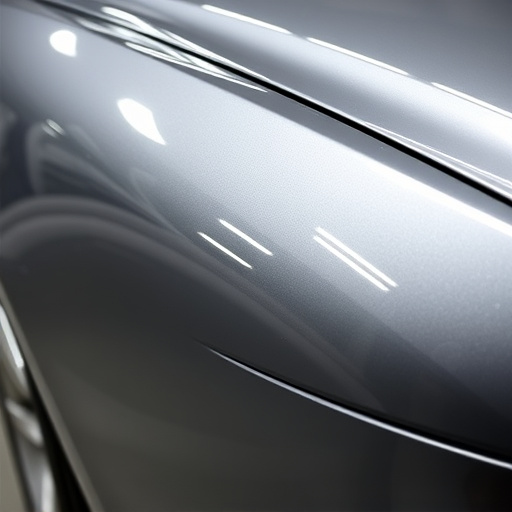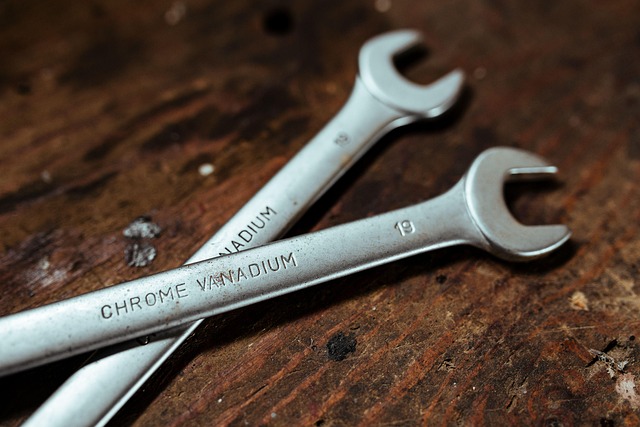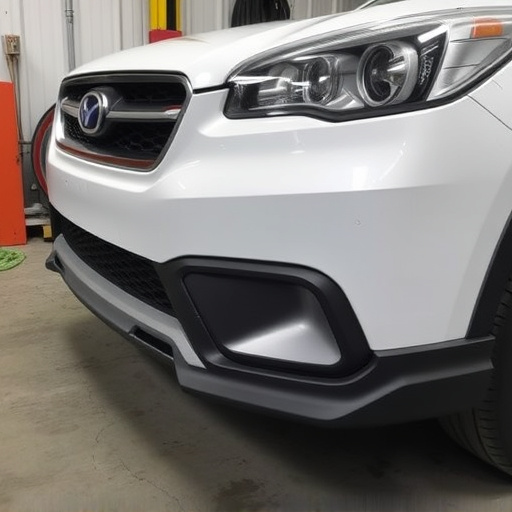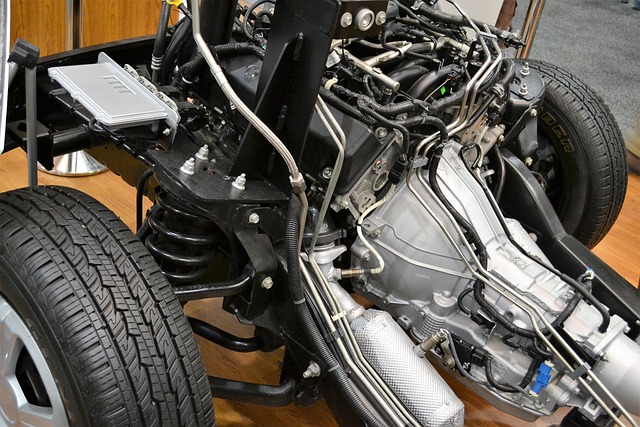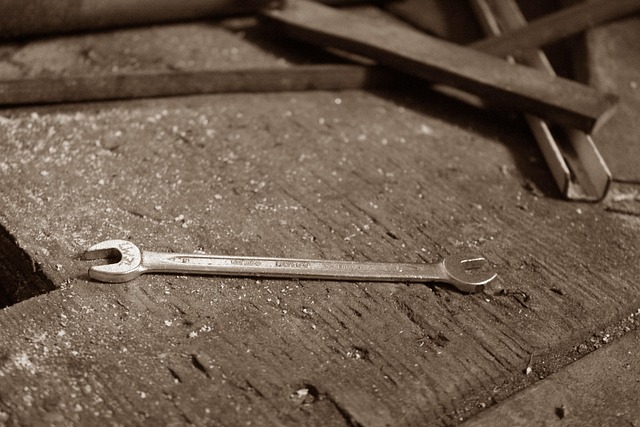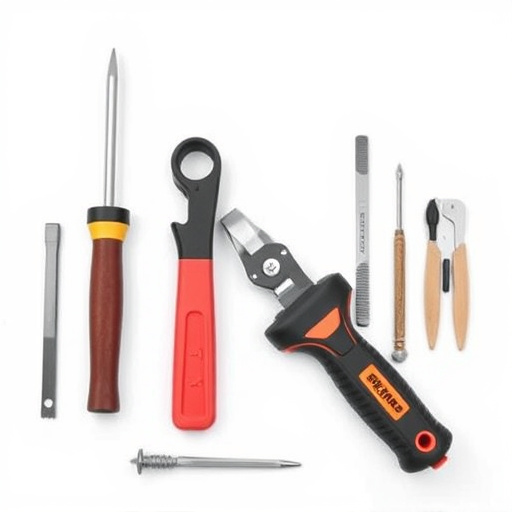Aluminum and carbon fiber components are favored in automotive manufacturing for their respective advantages. Aluminum's lightweight properties offer better fuel efficiency, while its strength ensures structural integrity. Carbon fiber components, though more expensive, provide exceptional rigidity and impact resistance, ideal for high-performance vehicles and aftermarket upgrades like custom bodywork. Both materials enable weight reduction, enhancing vehicle performance and reducing maintenance needs.
Aluminum body components have gained popularity in both original equipment manufacturer (OEM) and aftermarket applications, driven by demands for lightweight, durable materials. This article delves into a comparative analysis between aluminum and carbon fiber components, focusing on key aspects such as weight reduction, performance, durability, maintenance, longevity, and cost. Understanding these factors is crucial when choosing materials, especially in the aftermarket, to enhance vehicle performance while optimizing budget and maintenance requirements. Specifically, we explore why carbon fiber components are often favored for high-end upgrades despite higher costs, highlighting their superior strength-to-weight ratio and resistance to corrosion.
- Weight and Performance: Aluminum vs Carbon Fiber Components
- – Comparison of weight reduction and its impact on vehicle performance
- – Advantages and disadvantages of each material in terms of strength-to-weight ratio
Weight and Performance: Aluminum vs Carbon Fiber Components

Aluminum body components have long been a standard choice in the automotive industry for their lightweight properties. When compared to carbon fiber components, aluminum offers a significant weight advantage, which can directly translate into improved performance and fuel efficiency. In the context of car bodywork, aluminum’s lower density allows for faster acceleration and better handling without compromising strength. This is particularly beneficial for high-performance vehicles where every gram counts.
While carbon fiber components are renowned for their exceptional strength-to-weight ratio, they typically come at a higher cost and production complexity. In collision repair or car paint repair scenarios, aluminum’s ease of manufacturing and recycling makes it a more accessible option. Moreover, aluminum’s corrosion resistance ensures that car bodywork retains its integrity over time, rivaling the durability often associated with carbon fiber without the same level of maintenance requirements.
– Comparison of weight reduction and its impact on vehicle performance
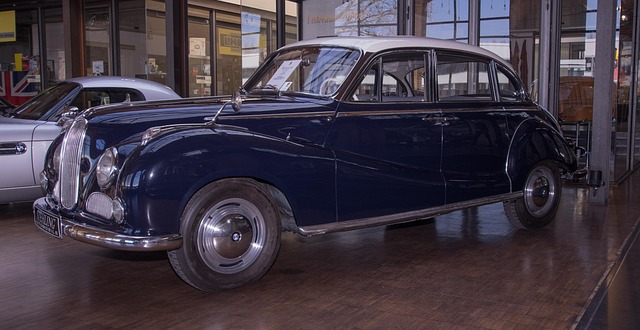
In the quest for enhanced vehicle performance, the automotive industry has long focused on weight reduction as a key strategy. When comparing aftermarket aluminum body components to Original Equipment Manufacturer (OEM) parts, one notable aspect is the significant difference in weight. Aftermarket alternatives often boast lighter weights due to the use of advanced materials like carbon fiber components, which offer exceptional strength-to-weight ratios. This reduced mass has a direct impact on vehicle performance; lighter cars require less power to accelerate and maintain speed, leading to improved fuel efficiency and overall driving dynamics.
While OEM parts typically adhere to established standards and specifications, aftermarket manufacturers can experiment with innovative materials and designs. The use of aluminum and carbon fiber components in particular allows for precise engineering, resulting in weight savings without compromising structural integrity. This advantage is especially noticeable when considering vehicle modifications or repairs, such as those involving dent removal or car paint repair. Aftermarket parts designed with lightweight materials can offer not just performance benefits but also cost-effectiveness and durability, making them attractive alternatives to stock OEM components.
– Advantages and disadvantages of each material in terms of strength-to-weight ratio
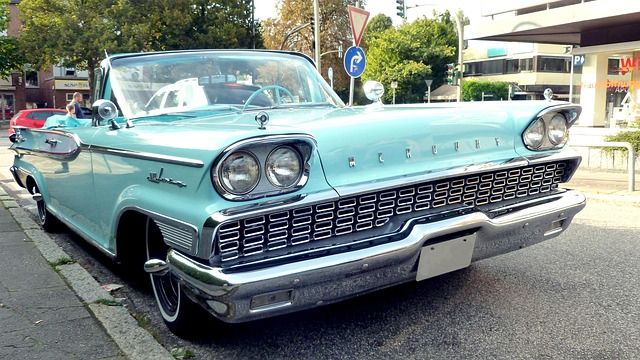
Aluminum body components offer a unique balance in automotive manufacturing, boasting an excellent strength-to-weight ratio that makes them a preferred choice for both original equipment manufacturers (OEMs) and aftermarket modifiers. This material’s lightweight nature reduces vehicle weight, leading to improved fuel efficiency and enhanced performance. Aluminum is known for its high strength, making it capable of withstanding significant impact forces, which is crucial for safety in car bodywork applications. However, it is more susceptible to corrosion compared to carbon fiber components, requiring proper coating and treatment to prevent rust, especially in harsh environments.
In contrast, carbon fiber components have gained popularity due to their exceptional strength-to-weight ratio, providing superior rigidity and impact resistance. These components are often used in high-performance vehicles and aftermarket upgrades, such as custom car bodywork or dent removal solutions. Carbon fiber is highly durable and offers excellent dimensional stability, ensuring precision in vehicle assembly. While it may be more expensive than aluminum, its lightweight nature and superior strength make it a compelling choice for those seeking advanced materials in the vehicle body shop.
In comparing aluminum body components with their aftermarket counterparts, it’s clear that both materials have unique strengths. While carbon fiber components excel in offering superior strength-to-weight ratios and enhanced performance, aluminum remains a popular choice for its lightweight properties and cost-effectiveness. Ultimately, the selection between these materials depends on individual preferences and specific vehicle requirements, with each having valid roles in the automotive industry.
